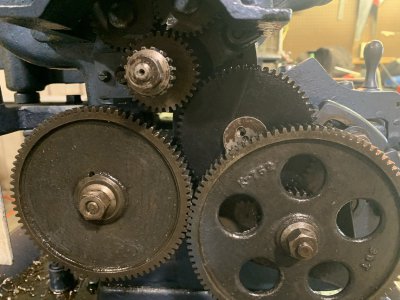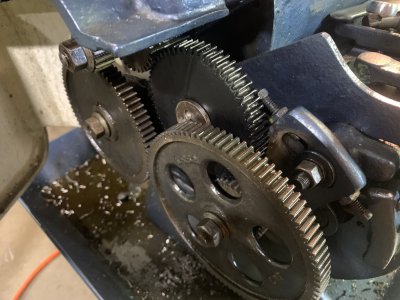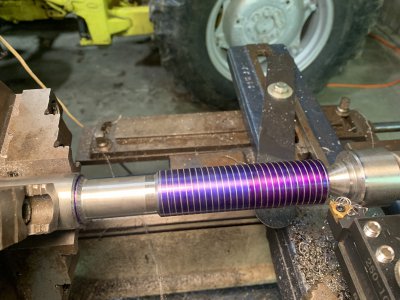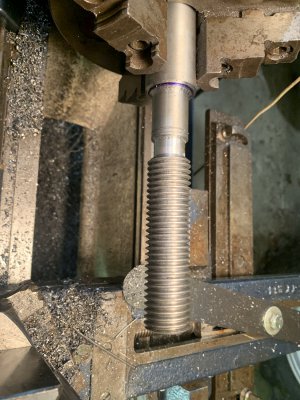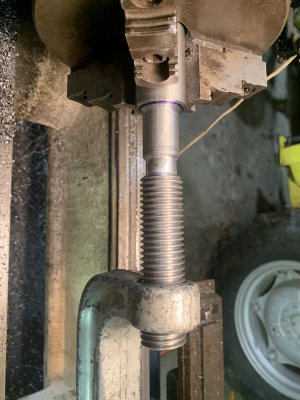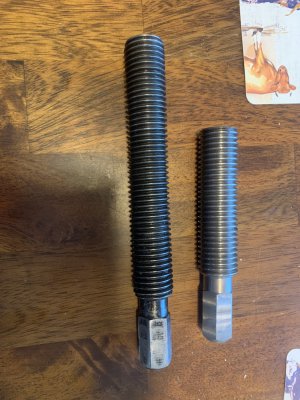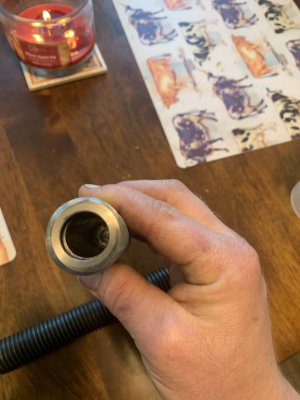- Joined
- Mar 27, 2022
- Messages
- 423
I hadnt thought about weight but I do have an engine hoist I could use. I was looking for a dividing head since it seems like it’s the most accurate version of this but this came up.12 inch, that's a huge table. Good luck picking it up.



